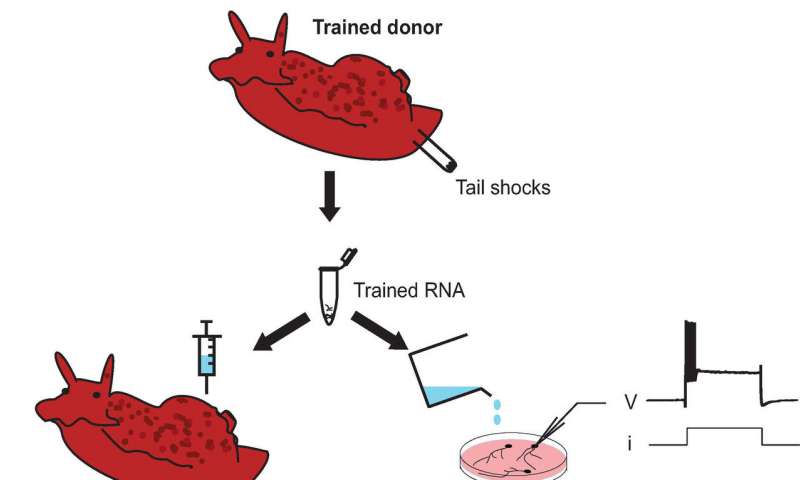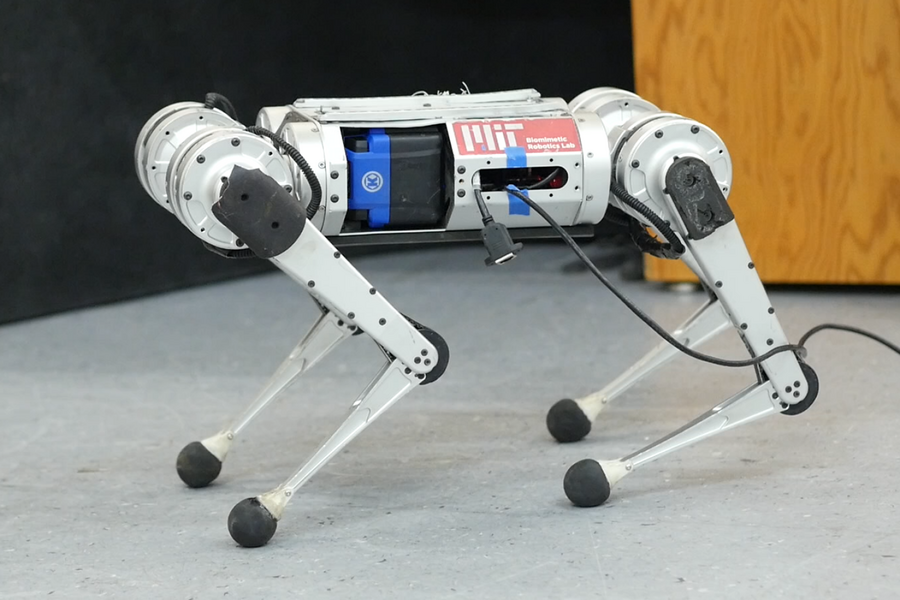Biologists from the University of California, Los Angeles, have been able to successfully transfer memories from one marine snail to another, creating an artificial memory.
The technique involves transferring RNA (ribonucleic acid), which is known as a cellular messenger that makes proteins and carries out DNA’s instructions to other parts of the cell.
For the study, researchers administered a series of mild electric shocks to the tails of marine snails. These shocks amplified the snails’ defensive withdrawal reflex. When the snails are tapped on the tail, they normally contract for one second. However, after these shocks, the snails’ defensive contractions lasted around 50 seconds.
After that, researchers extracted the RNA from the snails that had been given the shocks and inserted them into snails that hadn’t.
Scientists found that the seven snails that received the RNA began to behave as if they had received the shocks. When they tapped the snails on the tail, they found they behaved just like the snails that had been shocked.
Glanzman said, “It’s as though we transferred the memory.” He added, “I think in the not-too-distant future, we could potentially use RNA to ameliorate the effects of Alzheimer’s disease or post-traumatic stress disorder.”
Researchers foresee a day when this technique to transfer memories could help in lessening the trauma of painful memories and also to restore the memories we thought were lost.







